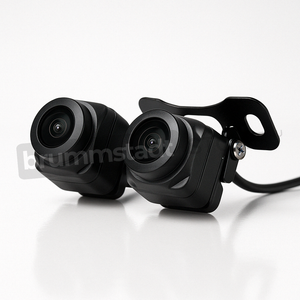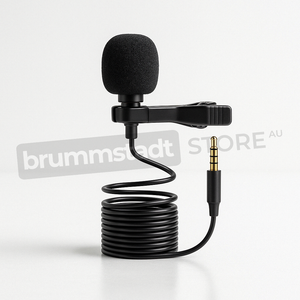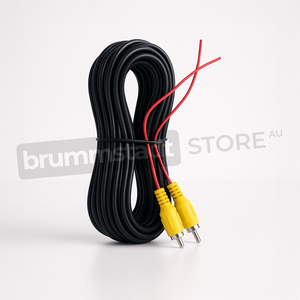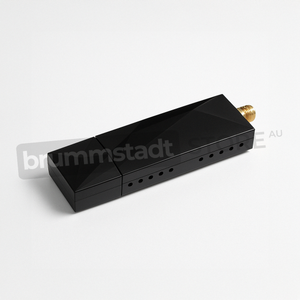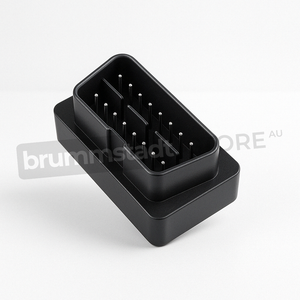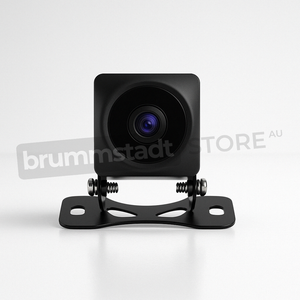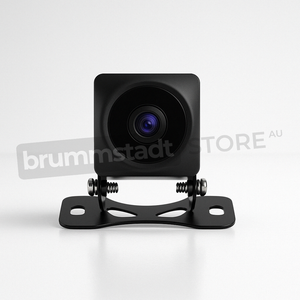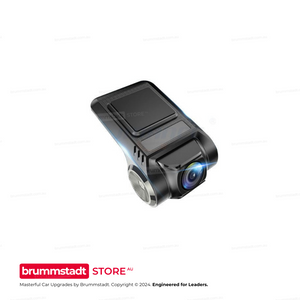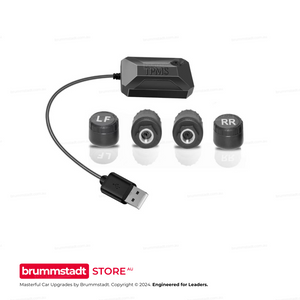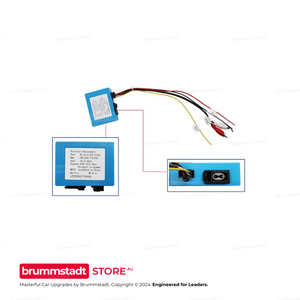Frequently Asked Questions
Everything you need to know about this head unit
Connect the single RCA cable with the yellow plug (included in your package) to extend your Bluetooth signal. This cable doubles as both a camera input AND a Bluetooth/WiFi antenna extension. The two small blue wires attached are antenna boosters that significantly improve connection stability. This simple connection takes 30 seconds and resolves 90% of Bluetooth issues. Make sure it's firmly connected even if you're not using a rear camera.
Try these proven solutions:
1. Quick Fix: Settings → Apps → Z-Link → Disable → Enable → Open (repeat each use)
2. Check Cables: Use the data/charge USB cable (not charge-only)
3. Bluetooth Setting: Disconnect all other Bluetooth connections - CarPlay needs exclusive access
4. Factory Reset Z-Link: Find the pink 'RESET' app, restart, reconnect Bluetooth, then try Z-Link
5. Sound Issues: Switch audio source to 'AUX' or 'USB/AUX' in your vehicle menu
Most issues are resolved with step 1 or 3!
The processor differs between models: The 2/32GB has a 4-Core processor, while 4/64GB and 8/128GB models feature the powerful 8-Core Cortex-A55 processor. Combined with RAM differences: The 2/32GB model with its 4-Core processor and limited RAM may experience slowdowns with heavy multitasking. The 4/64GB with 8-Core provides smooth performance for most users - no lag, seamless app switching, and enough storage for maps and music. The 8/128GB with 8-Core offers maximum performance with its generous RAM allowing unlimited multitasking and massive storage for extensive media libraries. Think of RAM like your desk space - more RAM means you can have more apps open simultaneously without slowing down.
Absolutely normal! These head units are complete replacement systems with their own GPS antenna, microphone, and Bluetooth module. Your factory connectors for these features won't be needed anymore. The important connections are: main power harness, speaker outputs, and the yellow RCA cable (even if not using a camera - it extends Bluetooth range). Any leftover factory plugs can be safely tucked away. If you're unsure about any connection, our support team is here 7 days a week.
Z-Link updates are handled through system firmware updates. Go to Settings → System → System Update. If an update is available, download it to a USB drive (FAT32 format) and install. Important: Never download Z-Link APKs from unofficial sources - they won't work and may cause issues. If you're having compatibility issues with newer iOS versions, the disable/enable workaround (Settings → Apps → Z-Link) usually resolves them while waiting for official updates.
Consider your usage:
• 2/32GB (4-Core): Budget option - fine for basic use, but may lag with multiple apps due to 4-Core processor and limited RAM
• 4/64GB (8-Core): Sweet spot - smooth Android Auto/CarPlay, multitasking, and ample storage
• 8/128GB (8-Core): Premium choice - unlimited multitasking, massive storage, future-proof for years
Most customers choose 4/64GB for the perfect balance of performance and value. The extra RAM makes a huge difference in daily smoothness!
The yellow RCA cable's blue antenna wires also boost WiFi signal! Make sure this cable is connected. Additionally, try these tips: Position the blue antenna wires away from metal surfaces, check that your phone's hotspot is set to 2.4GHz (not 5GHz) for better range, and ensure the head unit's WiFi sleep policy is set to 'Never' in Settings → WiFi → Advanced. For best performance with wireless CarPlay, keep your phone within 1-2 meters of the head unit.
Go to Settings → Sound → Equalizer and adjust to your preference. For more volume, increase the 'Loudness' setting. The 4/64GB and 8/128GB models have superior audio chips that provide cleaner, louder sound. If you have an amplifier, use the RCA outputs for best quality. Also check Settings → Factory Settings (password usually 126) → Audio settings for additional gain controls. Remember: higher-spec models (4GB+) include premium audio components for noticeably better sound.
Yes! Most vehicles work instantly. If not, use the steering wheel learning app: tap the steering wheel icon, press each button on your wheel, and assign functions. For newer vehicles with CANbus, we provide CANbus modules for automatic setup. Some vehicles may need the Key1/Key2 wires connected (usually included in our harness). If you're having trouble, let us know your exact vehicle model and we'll provide specific instructions.
We offer a 30-day return policy. If it doesn't fit or there's a compatibility issue, we'll work with you to resolve it. If you change your mind, a 20% restocking fee applies. Our team verifies compatibility before shipping to minimize issues. We provide installation support 7 days a week to help resolve any problems. With our 3-year warranty and Australian-based support, you can purchase with confidence. Full details in our Refund Policy.
Historical Journey of the Toyota Fortuner:
First Generation (AN50/AN60 - 2004 to 2015):
Initially launched in 2004, the first-generation Fortuner rapidly earned widespread popularity, particularly across Asia-Pacific, Africa, Latin America, and Australia. Built robustly upon the Hilux truck platform, the Fortuner immediately stood out as an affordable yet capable family SUV, serving versatile roles effectively due to its combination of rugged durability, comfortable seating arrangements, and intentional simplicity. Engine options, including petrol (2.7L inline-four and 4.0L V6) and diesel models (2.5L and 3.0L D4-D engines), efficiently balanced power with practicality. Praised particularly for tackling demanding roads and trails alike, the first-generation Fortuner's appeal grew steadily throughout its remarkable decade-long production run.
Second Generation (AN150/AN160 - 2015 to Present):
Introduced in 2015, the second-generation Fortuner (AN150/AN160 series) marked a significant evolution, carefully refining its predecessor's key strengths while addressing areas needing modernization. With sleek, more aerodynamic body lines, prominent styling upgrades such as narrower headlamps, sharper grille finishes, and distinctive rear fascia, the refreshed Fortuner visually signaled its fresh ambitions. Underpinned by Toyota's global determination toward improved refinement, comfort, efficiency, and feature integration, its interiors received notable upgrades in material quality, improved insulation, and more advanced in-cabin amenities. Engine-wise, Toyota revised reliability-proven diesel and petrol units, including a well-liked 2.8L turbo diesel renowned for strong torque outputs and fuel economy enhancements.
Significantly updated suspension tuning and chassis modifications granted considerably smoother riding experiences compared to previous iterations, making urban commuting genuinely pleasant without sacrificing commendable off-road capabilities. Additionally, technology underwent noticeable leaps—Toyota introduced improved infotainment options, digital connectivity, multimedia systems, more ergonomic driver controls, and enhanced safety systems such as electronic stability control, hill descent control, and multiple airbags.
Known globally as the Fortuner, various markets adapted minimal-to-no variations to the nameplate itself. However, Australians emphasized specific local configurations, trim specifications, and safety equipment aligning with regional preferences, making the Fortuner highly competitive against other rugged SUVs like the Mitsubishi Pajero Sport, Ford Everest, and Isuzu MU-X.
A Complementary Technological Step Forward:
The addition of an advanced aftermarket head unit integration, such as a carefully designed solution like those provided by Brummstadt, can substantially modernize the second-generation Fortuner's cabin functionality. Determined through careful vehicle-specific fitment evaluation, Brummstadt ensures efficient compatibility with the vehicle's existing structure and wiring system, naturally assimilating into the factory dash.
This premium infotainment unit notably incorporates wireless and wired functionality supporting Apple CarPlay and Android Auto, dramatically increasing digital connectivity potential and convenience. Its compatibility with widely-used apps such as Google Maps, Apple Maps, and WAZE ensures effective and accurate navigational assistance. Picture an effortless evening out enjoying dinner with family or friends; destination settings quickly entered into one's smartphone seamlessly integrate with the unit. As occupants leave the restaurant, the pre-programmed navigation routes appear automatically within the upgraded head display. This seamless transition from dining table to driving enhances comfort and peace of mind.
Optional supplementary enhancements available with the unit include high-definition (1080p HD) front and rear recording cameras, significantly expanding visibility, road-safety assurance, and security. The camera upgrade provides valuable visual evidence if needed, capturing detailed footage during daily commutes or long-distance travels.
Moreover, the intuitive Brummstadt head unit broadens conventional entertainment, allowing passengers to engage in multiplayer games by directly connecting controllers via standard USB ports. This simple connectivity provides enjoyable ways for passengers to collectively pass the time and maintain harmony over long journeys.
An intelligent voice-control system further enriches convenience—whether managing navigation, media selection, text messaging responses, phone calls, or even seamlessly integrating with smart home devices. A driver calmly requesting, "Hey Siri, turn on the porch lights," before arriving home demonstrates subtle yet effective technological integration, practically translating into enhanced driver focus, safety, and convenience.
Overall Ownership and Driving Satisfaction:
Toyota Fortuner from 2015 onwards consistently affirms itself within its segment, offering solid performance, sensible reliability, remarkable towing capability, and commendable passenger comfort, especially appealing for those regularly venturing through urban and rural scenarios alike. With overall interior refinement, robust powertrain options, effective driver assistance technology, comfortable suspension calibration, and appealing styling updates, the Fortuner effortlessly remains relevant among modern SUVs worldwide.
Embracing carefully considered technological advances like the infotainment system upgrade supplied by Brummstadt enables drivers to enjoy even greater advantages. Modern connectivity solutions promise simplified operations, brighter internal visuals, improved audio performance, enhanced driver focus, comfort, navigation accuracy, and enjoyable passenger interactions. Such upgrades essentially amplify and customize enjoyment for Toyota Fortuner owners, making everyday journeys or adventure-driven exploration feel significantly more comfortable, reassuring, practical, personalized, and memorable.
Ultimately, the 2015-2020 Toyota Fortuner embodies Toyota's unwavering drive for engineering excellence paired thoughtfully with globally enhanced quality and dependable versatility. Through continual improvement, purposeful evolution, and tailored technological adaptability, it maintains its position as a trusted automotive companion poised perfectly for contemporary driving demands.















